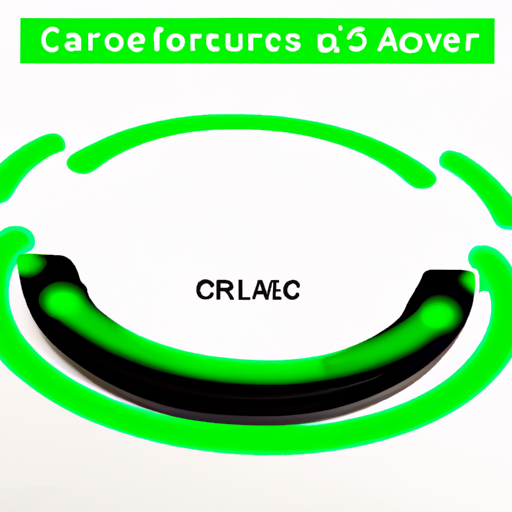C3AAG-4036G Wireless Charging Coils: Core Functional Technology and Application Development Cases
Wireless charging technology has rapidly evolved, driven by the increasing demand for convenience and the proliferation of portable electronic devices. The C3AAG-4036G wireless charging coil is a key component in this landscape, and understanding its core functional technology and application development cases provides valuable insights into the broader wireless charging ecosystem.
Core Functional Technology of Wireless Charging Coils
| 1. Inductive Coupling | |
| 2. Resonant Inductive Coupling | |
| 3. Efficiency and Power Transfer | |
| 4. Alignment and Positioning | |
| 5. Safety Features | |
| 1. Smartphones and Consumer Electronics | |
| 2. Wearable Devices | |
| 3. Electric Vehicles (EVs) | |
| 4. Home Appliances | |
| 5. Medical Devices | |
| 6. Industrial Applications |
Application Development Cases
Conclusion
The C3AAG-4036G wireless charging coil exemplifies the advancements in wireless charging technology, showcasing its core functional principles and diverse applications. As the demand for wireless charging continues to grow, innovations in coil design and efficiency will play a crucial role in expanding its use across various industries. The ongoing development of this technology promises to enhance user convenience and drive the adoption of wireless charging solutions in everyday life, paving the way for a more connected and efficient future.






